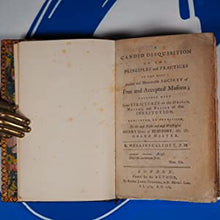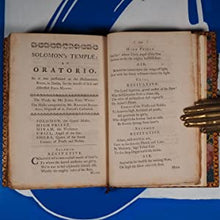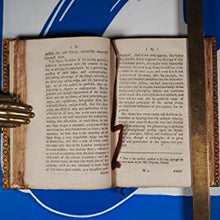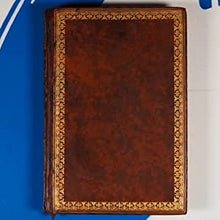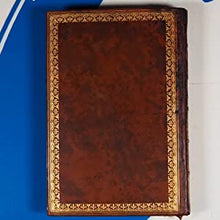
together with Some Strictures on the Origin, Nature & Design of That Institution. Dedicated by Permission, to the most noble & most worshipf
Calcott, Wellins. 1769. London [England]. Printed for the Author by Brother James Dixwell.
8vo. (xxiii,243)pp. 23pp. list of subscribers. Top edge gilt, others uncut. Marbled endpapers. Inner gilt dentelles. Decorative head and tail pieces. Very mild age-toning andscattered foxing. 13.5 x 19 cm. Full mottled calf signed by Bayntun, Binder, Bath, England. Spine laid down, in six compartments with red morocco label. Spine hand-tooled with date at the bottom, and alternating floral and abstract decoration. Boards with scrolling foliate border and double fillets. Slightly rubbed, corners very slightly bumped. CALCOTT, WELLINS
was a distinguished Masonic writer of the eighteenth century, and this work, published in 1769, traced Freemasonry from its origin, explained its symbols and hieroglyphics, its social virtues and advantages, suggested the propriety of building halls for the peculiar and exclusive practice of Freemasonry and reprehended its critics with forceful but judicious severity. This was the first extended attempt to illustrate philosophically the science of Freemasonry, and was followed, a few years after, by Hutchinson's admirable work; so that Oliver justly says that "Calcott opened the mine of Freemasonry, and Hutchinson worked it". Calcott may fully be called the father of the Masonic philosophical and didactic school.
FRATERNAL ORGANISATIONS & SECRET SOCIETIES





